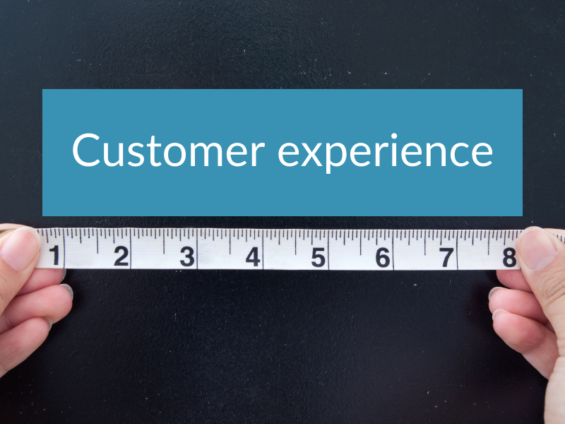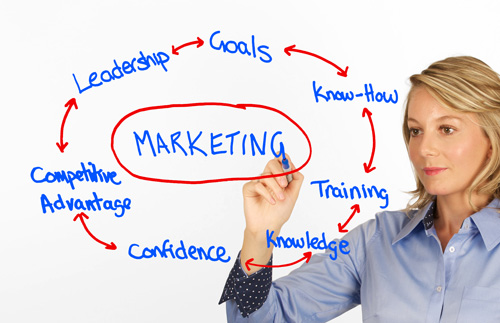8 Metrics To Measure Customer Experience

There are several performance metrics commonly called KPIs (Key Performance Indicators). But what are the 8 main metrics to measure Customer experience?
How do you know if your Customer Experience strategy is working? How do you measure the benefits of something that often feels intangible? As mentioned in a previous blog post: The Customer Experience according to Maïeutyk, customer experience is not just your customer service department. It is a measurable business concept that allows you to achieve your goals and build customer loyalty.
In this article, we identified 8 relevant metrics to help you measure the impacts of a great executed Customer experience strategy.
Sales to measure Customer experience
Sales are often an important and positive side effect of a great executed Customer experience strategy. In fact, companies that offer a superior customer experience tend to sell more. This parameter must be measured over a selected period of time in order to provide a sound before and after picture.
The net promoter score (NPS)
The NPS simply asks your customers: “On a scale of 1 to 10, how likely are you to recommend this company to a friend or colleague? It is the most commonly used parameter for customer experience measurement because it is simple to measure and relatively accurate. In addition, due to its wide implementation across many industries you can also benchmark yourself against companies in your industry.
Share wallet
Next, the wallet share is a percentage that determines how many of your services or products are sold to a particular customer. The more products and services a company offers, the greater its wallet share will be. Existing loyal customers who have a positive customer experience have an incentive to spend more with your company. So in general, your customer’s wallet share correlates with the quality of your customer experience.
Customer Effort Score (CES)
The Customer Effort Score helps companies determine customer friction points and find ways to create a better customer experience. This metric is often measured by asking your customers the following question, “On a scale of 1 to 10, how much effort did you put into resolving this issue?”. You can also ask “On a scale of 1 to 10, how easy was it for you to to purchase your product from us?” depending on which part of the customer journey you would like to measure.
Customer lifetime value (CLV)
Then, customer lifetime value is the value of a customer throughout their relationship with your company. There are many ways to measure customer lifetime value. Which method you choose depends on your resources and your industry.
Customer churn rate
Equally important, the churn rate measures how many customers stop doing business with your company over a certain period of time. The premise here is that customers generally do not stop doing business with a company if they have a good experience. The customer churn rate is calculated by dividing the number of customers lost in a given time period by the number of customers at the beginning of that period. This number is actually the opposite of the customer retention rate.
Customer retention rate
This metric measures your organization’s ability to generate recurring revenue from existing customers. A well-structured and strong customer experience encourages the customer to return and therefore decrease your cost of acquisition. The customer retention rate for a given customer period is generally measured by the following formula:
(E – N) / S*100 where
E: The number of customers at the end of the period
N: The number of new customers acquired during the period
S: The number of customers at the start of the period
Customer Satisfaction (CSAT) for an optimal Customer experience
Likewise, customer Satisfaction measures the average satisfaction of your customers. In general, the measurement of customer satisfaction is used for specific interventions. Customers are asked to rate their satisfaction on a scale from “very satisfied” to “not at all satisfied”. Customer satisfaction surveys are often conducted within hours of an event, allowing your company to measure satisfaction based on the current moment.
Employee satisfaction impact Customer experience
Furthermore, a good customer experience is very closely related to employee satisfaction. Your employees are the ones who take care of your customers daily. How they relate to you as an employer is often how they relate to your customers as well. Measuring employee satisfaction can be as simple as asking your staff if they are satisfied with their job on a scale of 1 to 10. In general, employees who are satisfied and happy with their job interact more positively with your customers.
In conclusion, there are many different metrics to measure the customer experience that may seem intangible. Keep in mind to choose parameters that are strictly related to your objectives defined in your customer experience strategy. In addition, it is also important to adapt these parameters to the reality of your business model.
Category
Share

